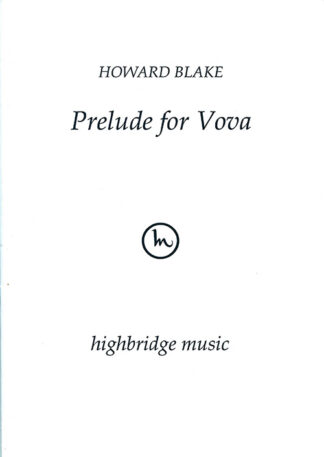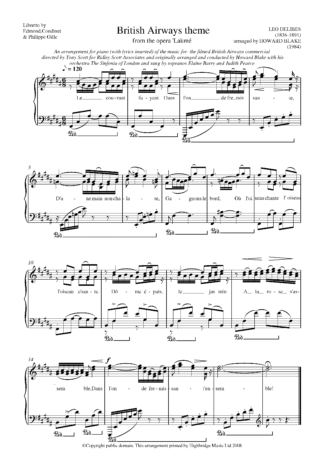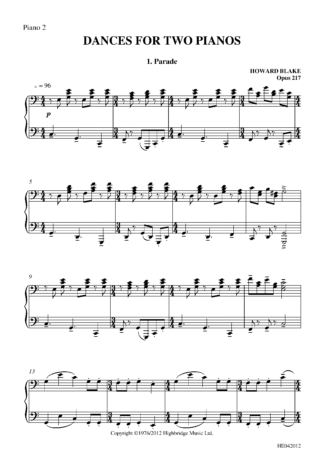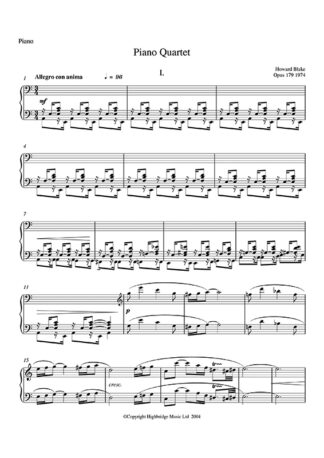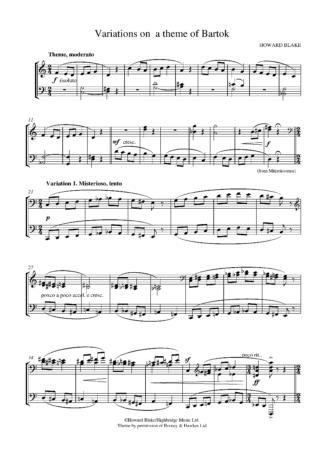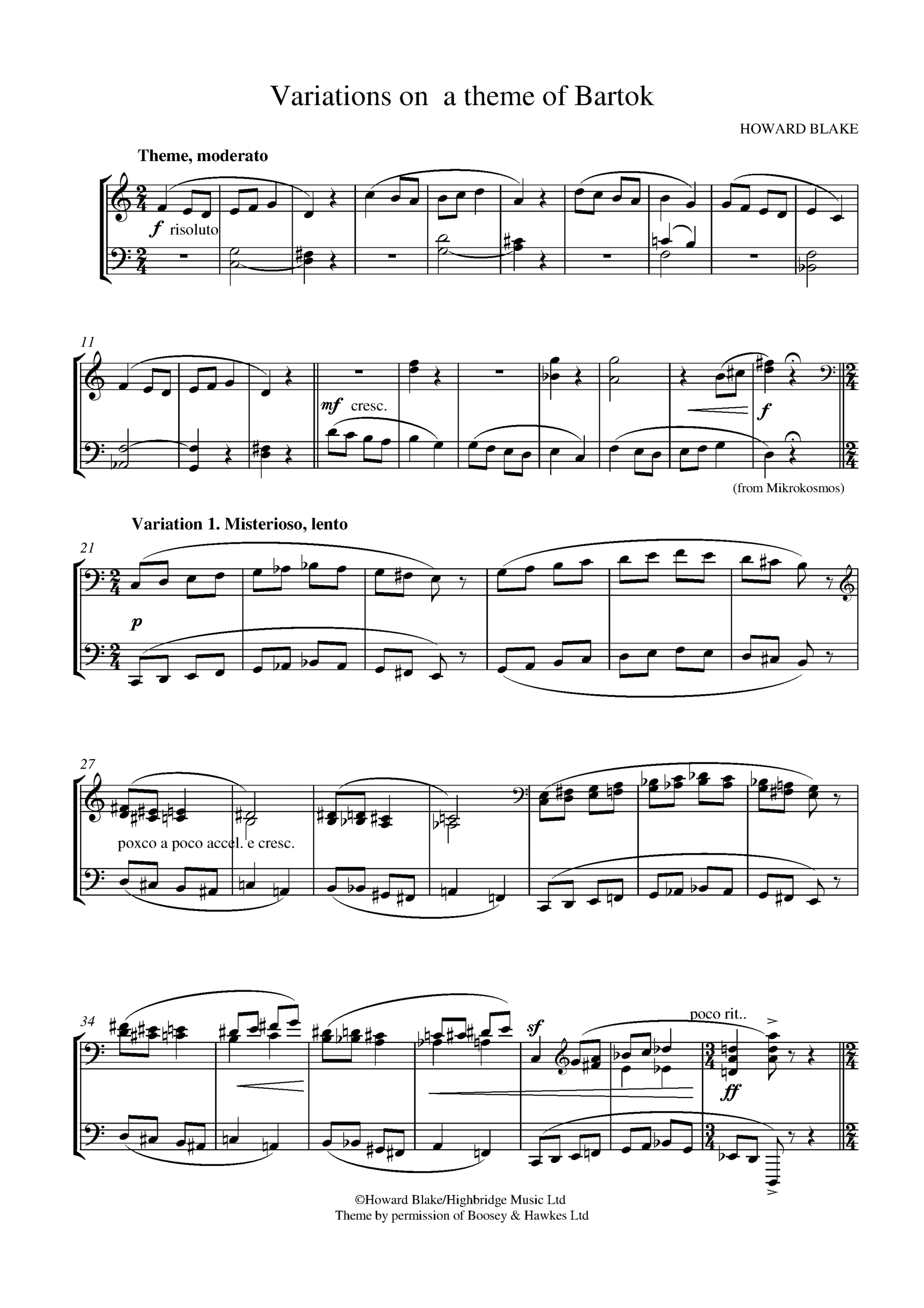
Variations on a theme of Bartok, op.3
PDF Download
£5.00
Variations on a theme of Bartok, op.3. Composed in 1958.
Duration 8 minutes
Composer’s note:
'In my first term at the Royal Academy Howard Ferguson set this little children’s piano
tune in C major from ‘Mikrokosmos’ as a subject for variation, explaining that I should
‘retain the form of the theme though not necessarily its melody’. In fact the piece is
played at the beginning and never quoted again, but its bar structure 33,223,223, is
unusual as is its modulation in those 20 bars from tonic to super-tonic.
My piano professor Harold Craxton thought it the 'the best piano work he had ever seen
from a student' but it didn't actually win a prize. However he did persuade his brilliant
Icelandic pupil, Thorunn Tryggvaason, to perform it at her farewell Academy recital.
Soon after this she left for Moscow to study with Lev Oborin and there met Vladimir
Ashkenazy whom she married.
Var.1 (misterioso, lento) is mysterious and linear but var.2 (con fuoco, allegro)
immediately expands into something passionate, even anguished. Var.3 (allegro) does the
opposite and contracts the theme into a tightly-worked passage of cross-rhythms. Var.4
(l’istesso tempo, nervoso) continues this idea whilst losing all melodic reference and
concentrating on rhythm. Var.5 (vivace) is again passionate with the energy of double
octaves in canon. It moves to a climactic held chord in which both fifth and diminished
fifth are present. Var.6 (lento) The long-held chord leads to very slow soft chords and a
decidedly ‘eastern-european’ line 2 octaves apart, ending in B flat and a point of repose.
Var.7 acts as a sort of central ‘slow movement’ to the work using wide-spread sonorities
laid out on 4 staves. Var.8 in A major (vivo – un poco capriccioso) is almost a miniature
scherzo and briefly lightens the mood, but Var. 9 butts in with rapid F sharp minor
staccati pressing on into more angst in Var. 10 (Piu mosso, con fuoco) and even more
ferocity in Var. 11 (sempre fuoco). The 12th ‘variation’ is a Finale (vivace). The structure
remains but a more orchestral texture develops into a brilliant Coda which at its very end
states a wrong-note memory of the opening 3-bar theme and a hefty thump of dismissal!

